Mountaineers Discover Mysterious Ancient Objects in the Alps
Mountaineers, amidst the awe-inspiring peaks and breathtaking landscapes of the majestic Alps in Europe, are stumbling upon ancient and mysterious artifacts that have begun to garner the attention of archaeologists.
Researchers from the Swiss Alps have now begun collecting many of the artifacts and examining them, which is shedding valuable insight into the lives of merchants and travelers who once transversed these mountains thousands of years ago.
The Alps Mountain Range
The Alps, revered for their scenery of lush valleys, crystal lakes, and snowy peaks, are amongst the tallest and most extensive mountain ranges in Europe.
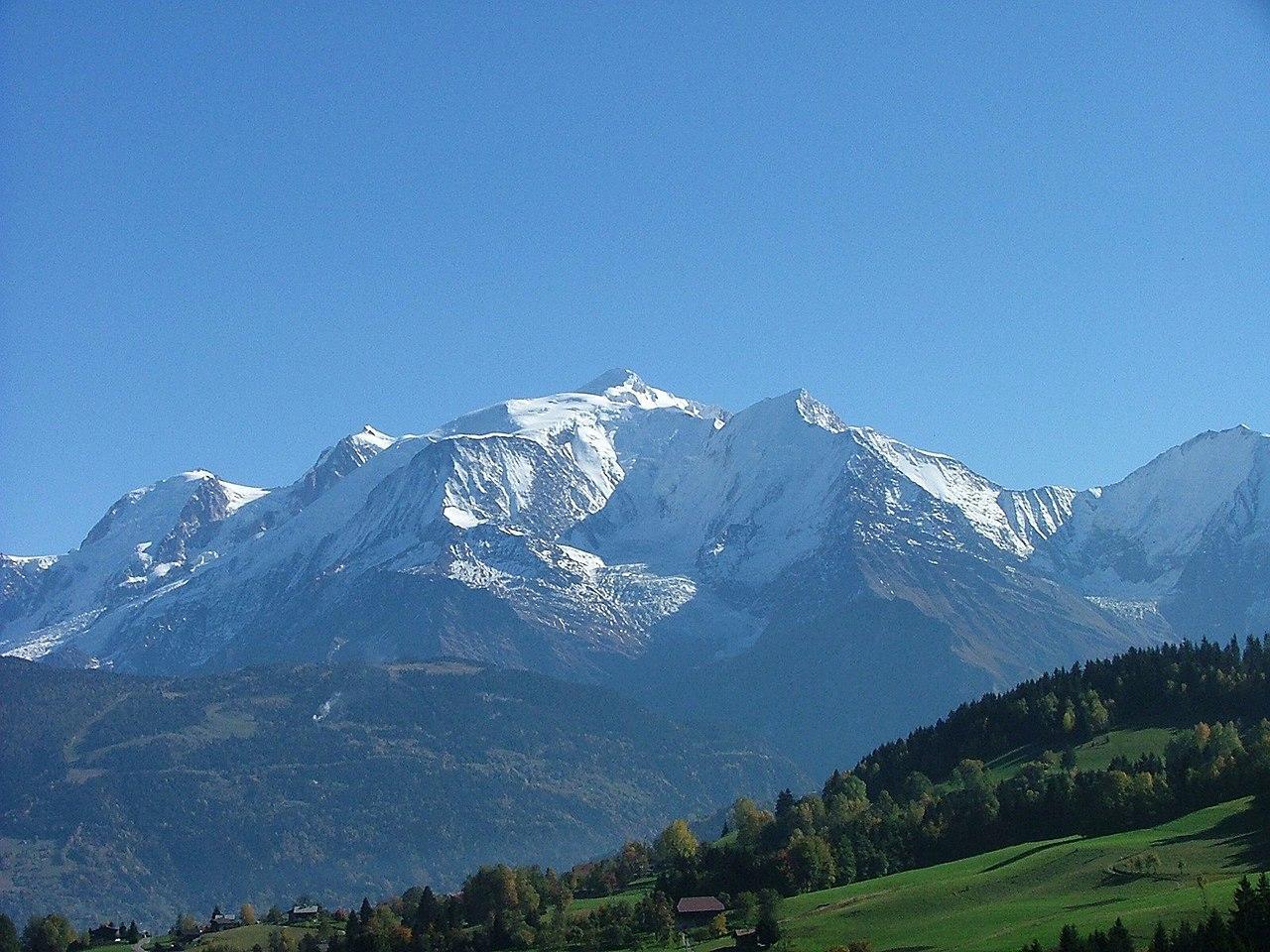
Source: Wikimedia
Stretching across eight Alpine nations, from Monaco and France in the east to Austria and Slovenia in the west, the Alps are one of the continent’s highest and most extensive mountain ranges.
The Alps’ Very Own Silk Road
For thousands of years, the high icy passes that separated ancient groups, including the Celts and Germans, served as intricate trading networks that persisted into the Greco-Roman and Medieval eras.
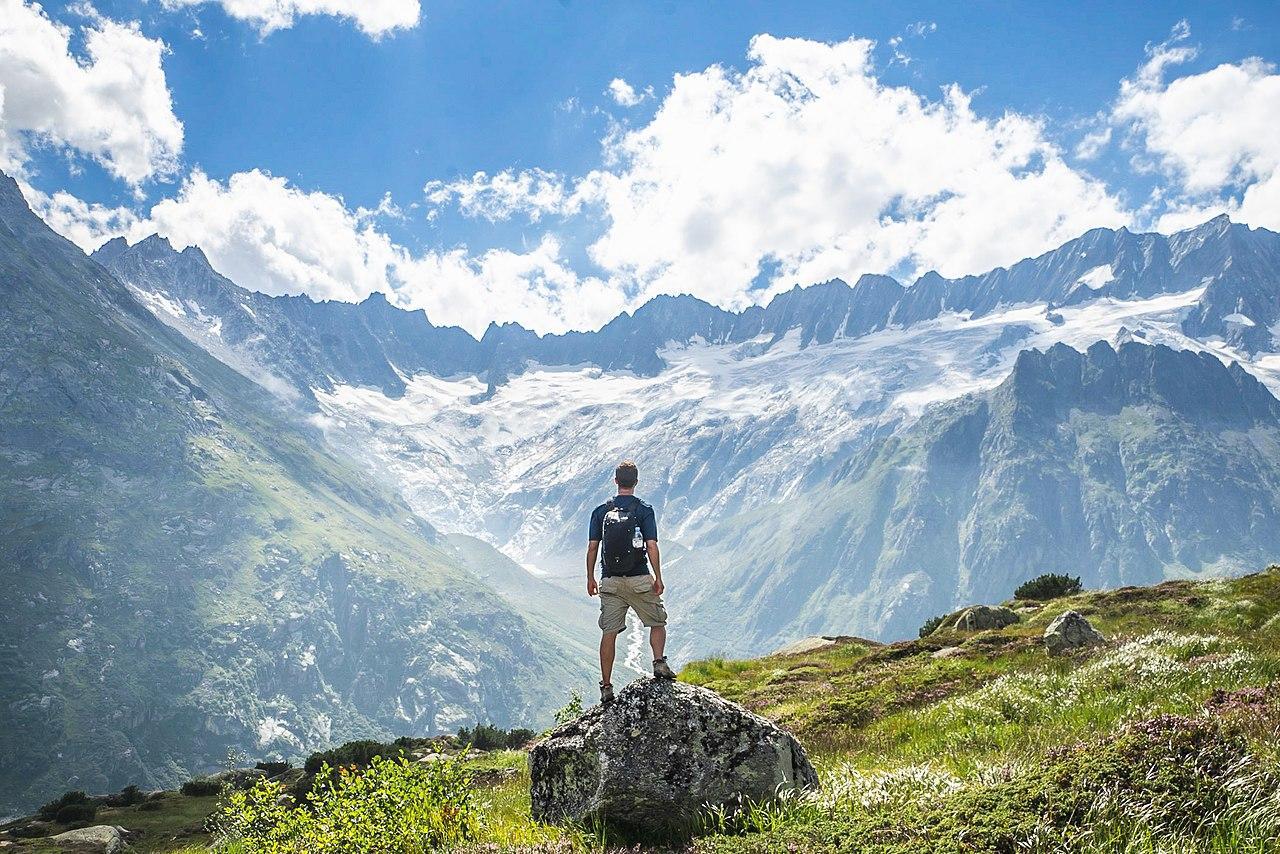
Source: Wikimedia
Traders would pass through the mountain range with cattle, wine, oils, weapons, pottery, hides, and other items in hopes of trading with tribes and kingdoms in distant lands throughout Europe.
Mountaineers Stumble Across Unique Artifacts
In the modern era, mountaineers and hikers are stumbling upon the remnants of these ancient traders, unearthing mysterious artifacts from across the Swiss Alps as the glaciers continue to melt.
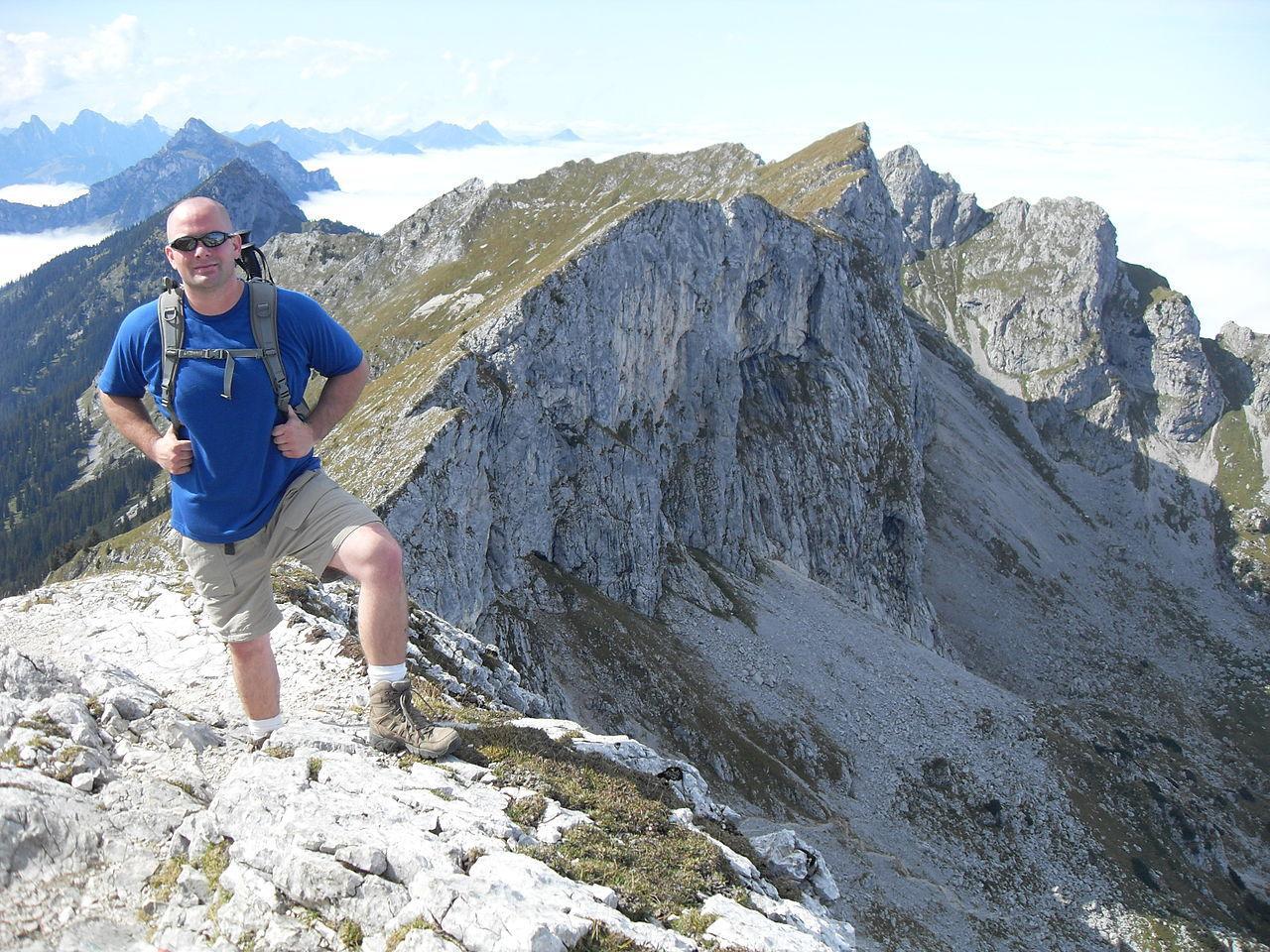
Source: Wikimedia
The abandoned or lost belongings of these ancient peoples, once encased in glaciers that have witnessed a significant reduction in recent years, are shedding new light on the civilizations that once thrived in this part of Europe.
Archaeologists Detail the Findings
Business Insider recently interviewed several archaeologists who are investigating the plethora of items discovered in the Swiss Alps.
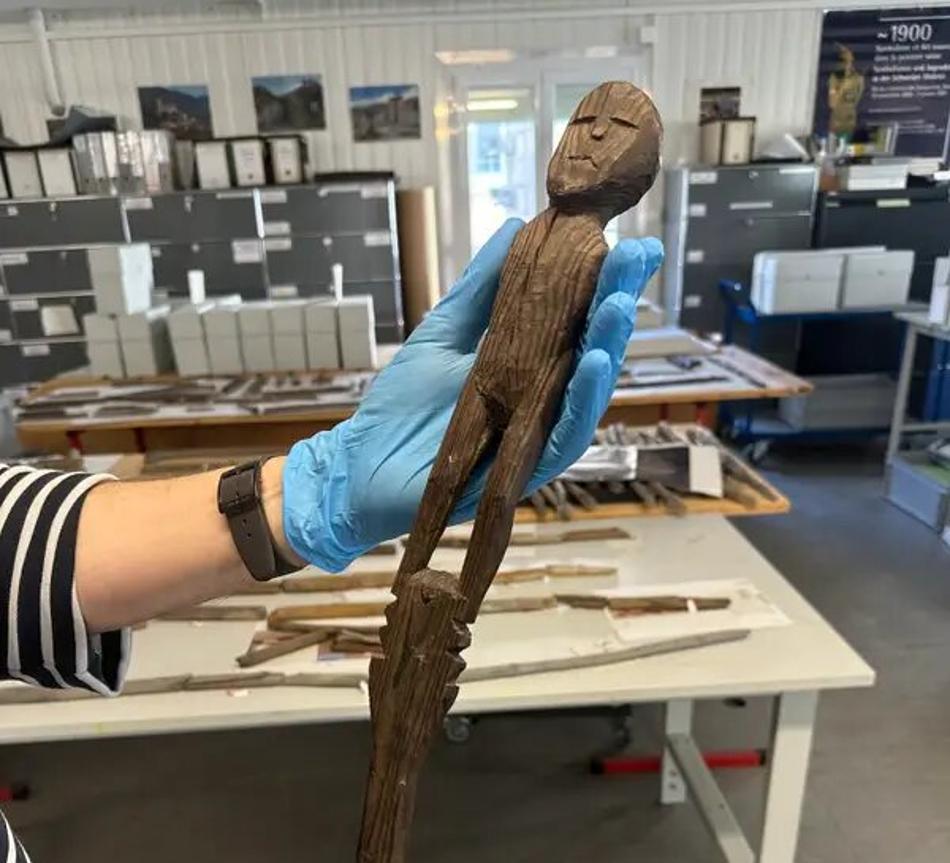
Source: Morgan McFall-Johnsen
One of the most mysterious items was an Iron Age wooden statue, which a member of the public discovered over twenty years ago. It hung in a mountaineer’s home until Pierre-Yves Nicod, a museum curator, contacted the owner.
2,000-Year-Old Statue
According to reports, the mountaineer stumbled upon the statue in 1999. Unfortunately, he cleaned it using modern products, which may have damaged the ancient artifact.

Source: Morgan McFall-Johnsen
Following its donation in 2018, researchers have conducted several tests on the item to date. The results suggest it is over 2,000 years old.
Swiss Alps Artifacts on Display
Artifacts like the wooden statue and many others found in the meltwater of glaciers throughout the Swiss Alps are transported to the Valais History Museum, which now sits at the forefront of glacial archaeology.
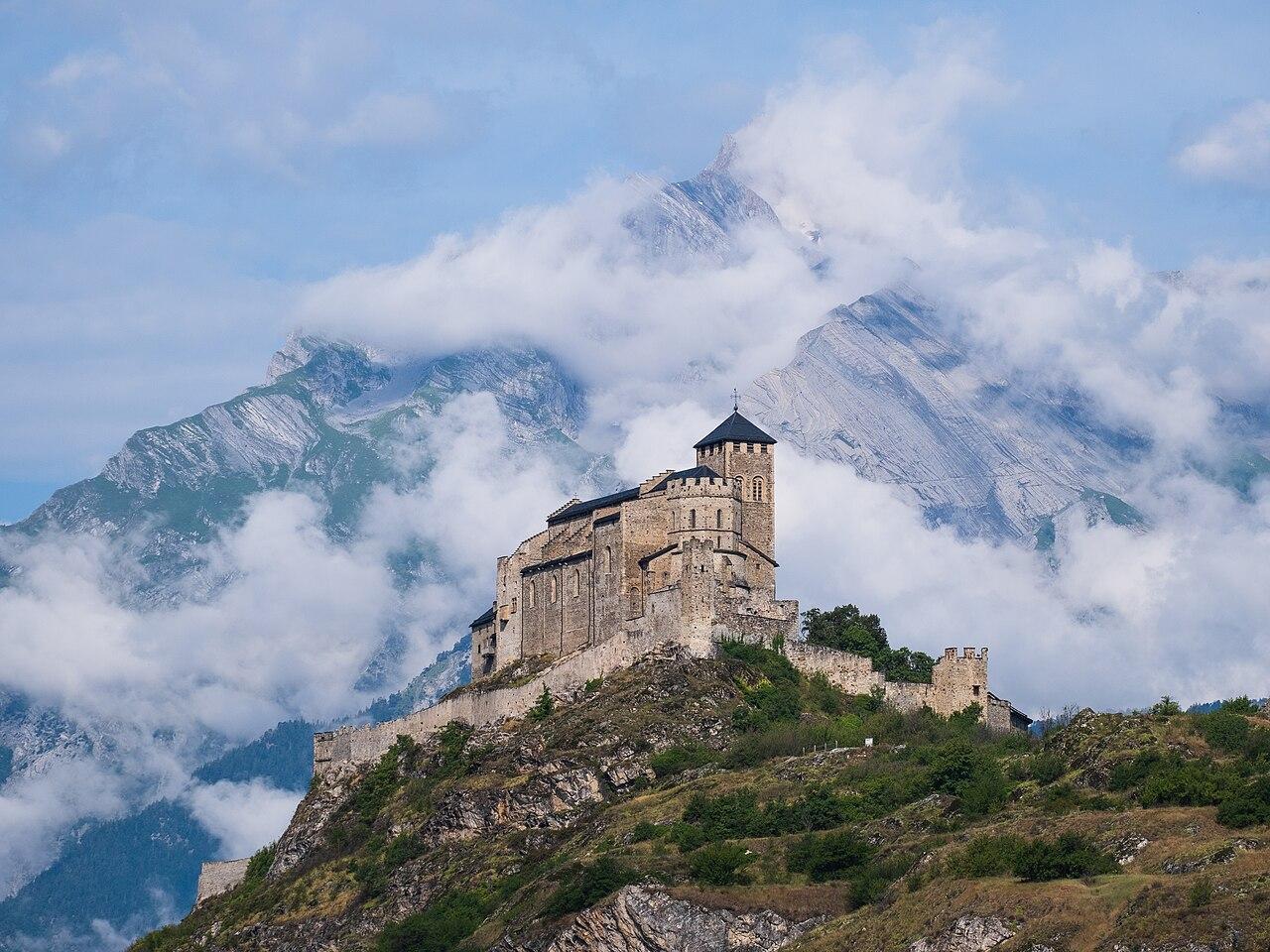
Source: Wikimedia
Some of the artifacts are displayed, and others are stored in freezers for future examination. As generally nothing accompanies the items, archaeologists find it challenging to determine their purpose.
Ancient Humans Leave Sticks on the Mountain Pass
Researchers have discovered a variety of sticks collected from the mountain passes. As the wood is found well beyond the tree line, they determine that ancient travelers left them behind.
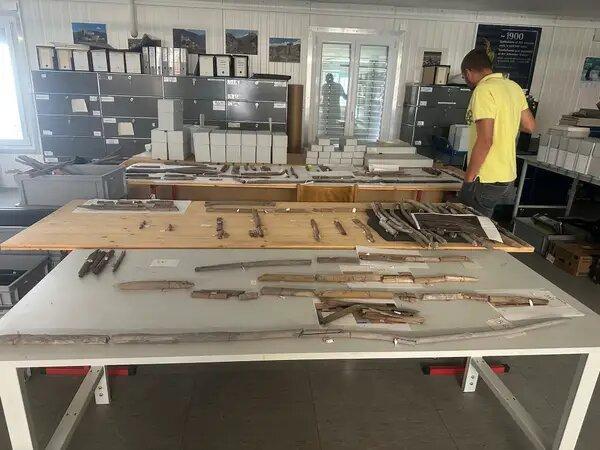
Source: Morgan McFall-Johnsen
Nicod explained that many of the sticks date back to the height of the Roman Empire and may have been used by ancient Celtic guides who took traders through the pass. Another local archaeologist, Romain Andenmatten, suggests the sticks may have once marked the passage.
Divine Protection in the Mountain
Nicod has speculated that some of the items found in the mountains may have been placed there for “divine protection“ during the treacherous hikes through the mountains.
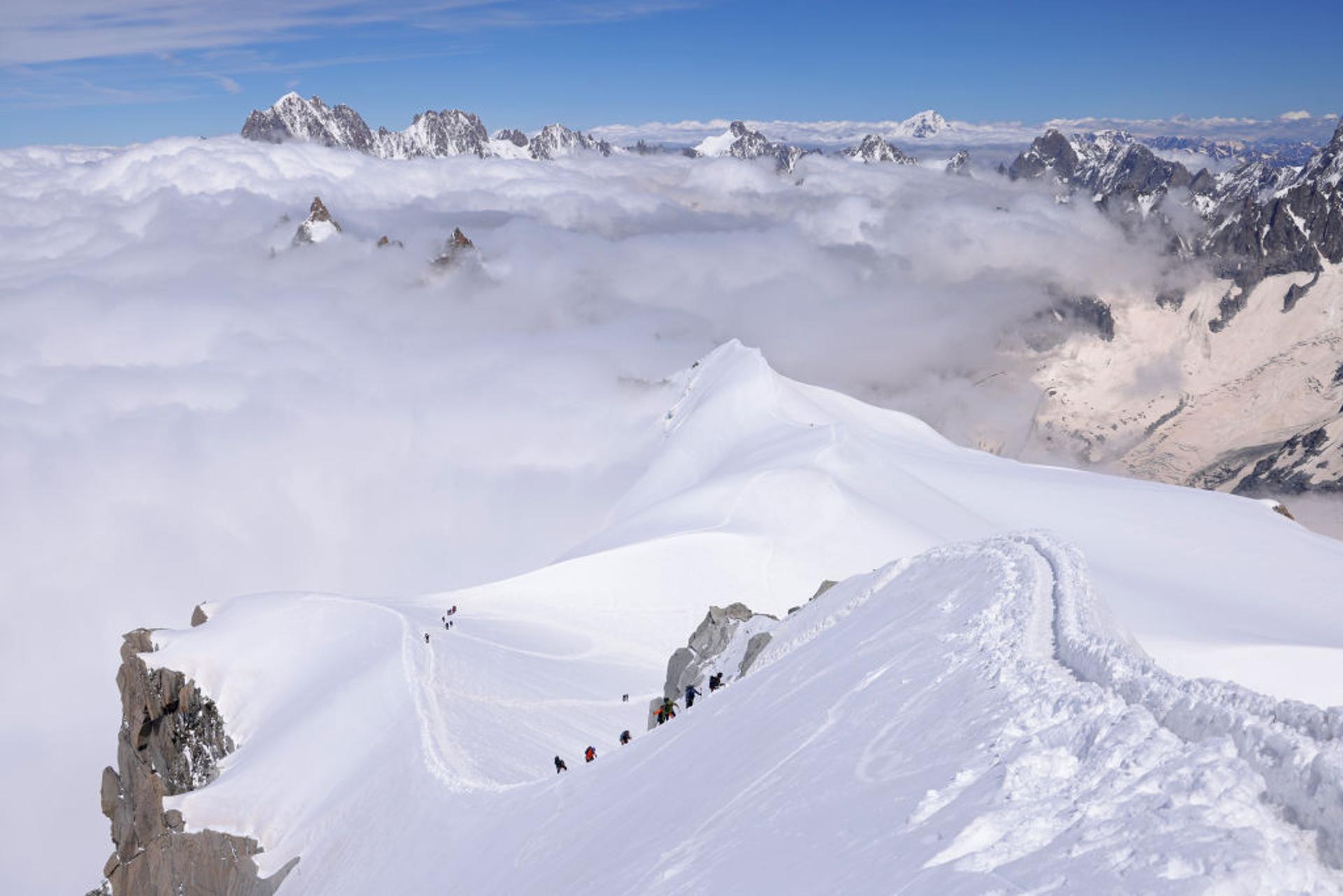
Source: Getty Images
Despite this, it’s difficult to find context as most of the items are made from organic materials. This means that outside of the frozen regions of the Alps, wooden artifacts generally don’t survive. Regarding the wooden statue, “We have no comparison,” Nicod added.
Wealthy Traveller
The remains of a 17th-century man were also discovered high in the Alps. Accompanying the man were several items, including a sword, a dagger, shoes, coins, and various small artifacts.
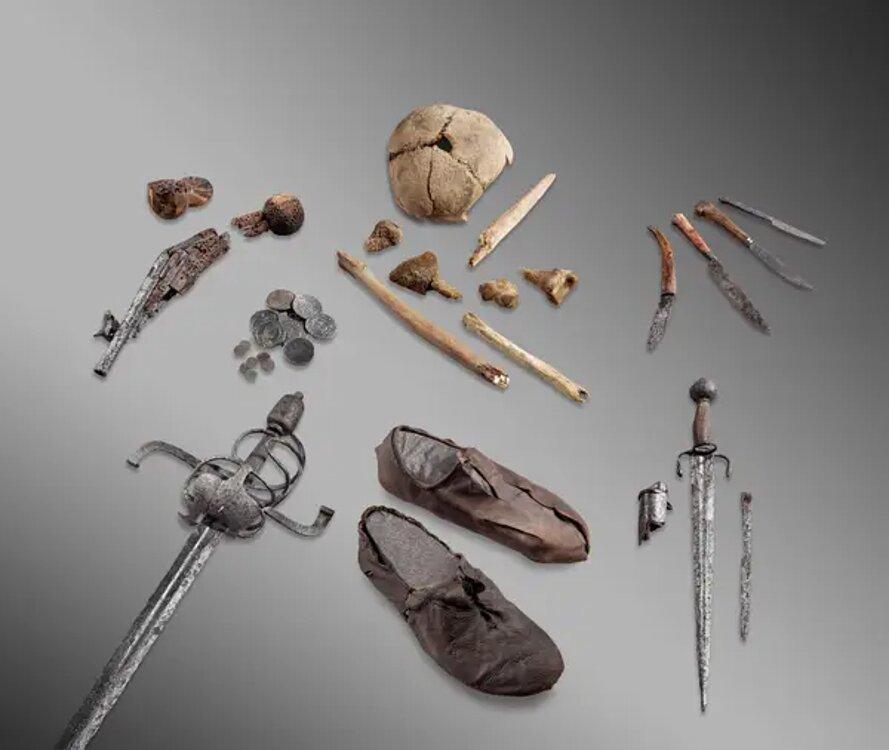
Souce: Valais History Museum, Sion; Michel Martinez
Researchers believe the man was a wealthy merchant due to his fine clothes. It’s thought he died after falling into a glacial crevasse.
Steering Clear of Ancient Viruses
While the finds certainly excite archaeologists, they are also wary of the potential dangers associated with the artifacts. They always wash their hands after handling such items, just in case they harbor any viruses or microbes from ancient times.

Source: Wikimedia
“We know that in other regions, they have problems with that,” Andenmatten said. Anthrax released from thawing permafrost in Siberia back in 2016 went on to kill a child and infect dozens of people.
The Race Against Time
Unfortunately for archaeologists, not all of the items will be discovered before they begin to decompose. “You have to have a rapid response, which is problematic for glacial archaeology,” Andenmatten said.

Source: Wikimedia
He continued, “We say that glacial archaeology is to find a needle in an iceberg… I think the citizen science is a good solution.”
